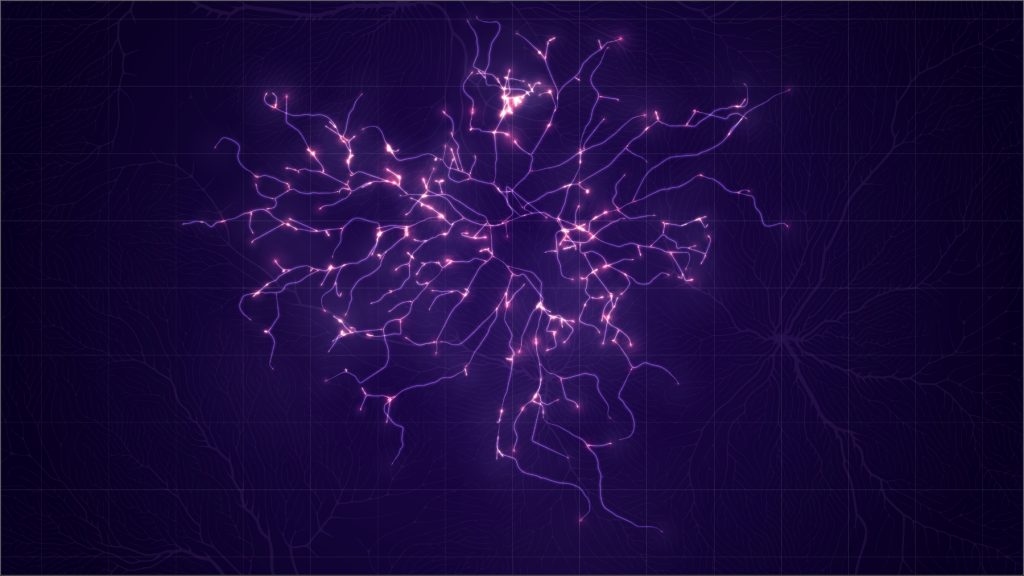
Researchers from Northwestern University and Georgia Tech have developed neuromorphic systems, comprised of a high-performance organic electrochemical neuron that can respond within the frequency range of human neurons.
Neuromorphic cognitive systems are featured in the published study, “Proceedings of the National Academy of Sciences (PNAS)” introducing a full perception system integrating artificial touch receptors and synapses for real-time tactile sensing and processing.
The study will set the stage for intelligent robotics and AI-driven systems to overcome current restrictions in artificial sensory processing. The biologically inspired neuromorphic systems are capable of firing within a broader frequency range than existing synthetic neural circuits.
Yao Yao, Northwestern engineering professor, said “The study highlights significant progress in organic electronics and their application in bridging the gap between biology and technology.”
“The synthetic neuron in this study achieves unprecedented performance in firing frequency modulation, offering a range 50 times broader than existing organic electrochemical neural circuits,” said corresponding author Tobin J. Marks, Northwestern’s Charles E., and Emma H. Morrison, Professor of Chemistry in the Weinberg College of Arts and Sciences.
Brain-Inspired Computing Neuromorphic System Designs and Applications
The collaboration around neuromorphic systems is a step forward in mimicking human perception, which relies on a complex network of 86 billion neurons firing in response to stimuli.
The neuromorphic system was designed by a team of researchers specializing in organic synthesis, developing advanced materials that were later integrated into circuit design and system architecture by electronic device specialists.
Scientists are restricted by the design’s footprint and the amount they can develop. Moving forward, they tend to reduce the size of the device in order to provide closer samples to human sensing systems.
The large-scale neuromorphic computing systems that hold a potential in intelligent robotics and AI, could help machines achieve a level of sensory perception much like human capabilities. This innovation paves the way for more intelligent and responsive systems in the future.
Future Implications
The current neuromorphic systems development is a huge step that relates technology with biology. Moreover, the collaboration between scientists, electronic device researchers, and system integration experts will likely drive even more progress in the future.
As organic electrochemical neuron technology continues to evolve, scientists will reach a point to fully mimic the complex process of human perception, which will bring the world closer to a new era of intelligent systems.
Inside Telecom provides you with an extensive list of content covering all aspects of the tech industry. Keep an eye on our Intelligent Tech sections to stay informed and up-to-date with our daily articles.